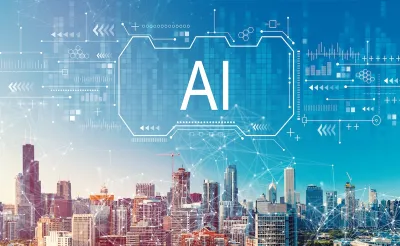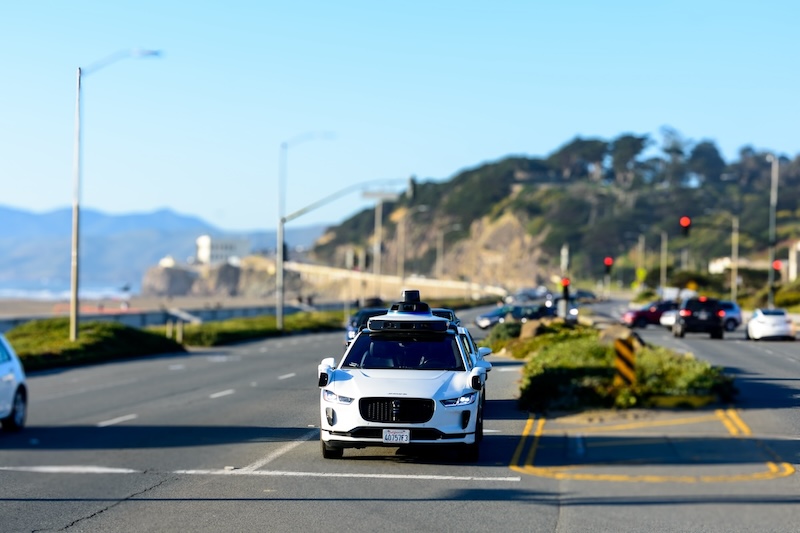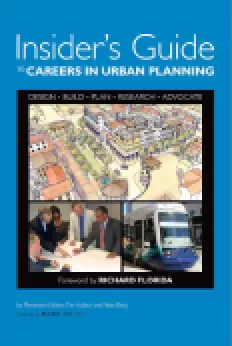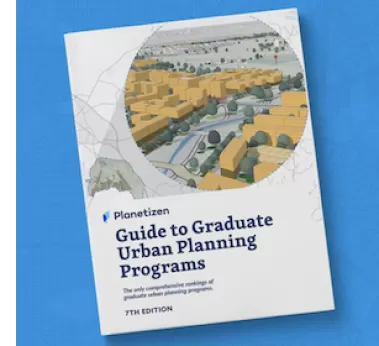Planopedia
Clear, accessible definitions for common urban planning terms.
What Is Artificial Intelligence?
Data-driven algorithms can help planners make more informed decisions, but the technology comes with its own risks of error, misuse, and built-in biases.

The American Planning Association’s Planning with Artificial Intelligence report defines AI as “the use of computers to mimic or improve upon human intelligence processes, such as reasoning and experience-based learning.” At its core, an AI program takes inputs (usually a large data set), analyzes them according to a prescribed set of rules, and produces outputs, which can include making decisions and performing tasks.
The ideas behind AI date back to ancient concepts of living statues and automatons. By the Renaissance period, people were building rudimentary robots able to play music, write poems, draw, or perform other tasks. An important distinction: these automatons performed physical human actions, but did not attempt to replicate human thought. By the 1950s, researchers were developing plans for “thinking machines,” but it took several more decades for tech companies to fund and embrace AI. Today, the field of AI covers a broad range of analytical methods that touch many aspects of modern life.

“Weak AI” or artificial narrow intelligence (ANI) mechanizes limited human thought or behavior patterns and generally lacks memory and data storage capabilities. One example is a computer playing chess. “Strong AI” or artificial general intelligence (AGI) would be trained to learn human behaviors and perform self-evaluation and error correction on its own. An example is a Level 5 autonomous vehicle that is able to handle all driving scenarios. Most experts say true AGI is still decades away. Common current uses of AI include chatbots and voice-controlled virtual assistants and generative AI programs that create images or writing based on existing information — a field hotly contested by writers, artists, and those in other creative fields.
AI involves four key subfields:
- Machine learning (ML) is defined by computers that detect and “learn” patterns as part of a decision-making process (for example, text analysis that detects the tone of a message)
- Artificial neural networks (ANN) are computerized systems that mimic brain processes to identify connections between items (for example, speech recognition software that transcribes speech)
- Natural language processing (NLP) includes computer methods that analyze human language or text to derive meaning
- Computer vision (CV) tools use computers to interpret visual information (for example, raw image processing that converts satellite imagery to maps)
Planning applications
AI can offer useful tools for enhancing planning practice by assisting with labor-intensive analysis and research, allowing planners to focus on the “human components” of their work. AI can process and organize large amounts of data and identify trends and patterns to make more informed decisions. AI can also be used to improve or automate city services such as traffic management, electric grid management, and public health. The so-called Internet of Things (IoT) enables cities to use a variety of sensors and devices to collect more data than ever. This information can be used to optimize, often in real-time, urban infrastructures such as energy grids and parking meters.
Cities use machine learning to map and catalog resources such as trees, water infrastructure, parks access, or zoning districts to better understand spatial patterns and uncover discrimination or underserved areas. Natural language processing can be used to parse through public comments to understand community sentiment. For example, a city can collect a large amount of feedback via a public survey and use AI to scan the responses for positive, negative, or neutral language indicators.
Transportation planning could stand to benefit the most from AI, largely because the field generates a lot of concrete data such as vehicle counts and transit ridership. Transportation planners use neural network technology to design street alignments, combining land use information, topography, and other data to evaluate best routes. The same technology is also applied to disaster and evacuation route planning, as well as environmental impacts and traffic safety. However, transportation planners will also have to contend with the introduction of self-driving cars and delivery vehicles that require new levels of regulation and infrastructure.

Challenges
While AI can be a powerful tool, cities should be strategic in their adoption of AI in their planning and operations. Like the humans whose experience it draws from, AI is not only not immune from bias, error, and misapplication — the biases existing in human systems are being baked into the technology itself. By its very nature of depending on existing data to learn and make decisions, AI not only risks, but is in fact likely to replicate historical patterns of inequity, discrimination, and exclusion and perpetuating detrimental outcomes. Planners must pay extra attention to the way they curate inputs and conditions and contextualize information using their broader knowledge.
AI also presents privacy concerns about personal data, so transparency about how and why city agencies use AI, as well as information about data protection safeguards, is key to public acceptance of the technology. Further, the complex nature of AI algorithms often makes it impossible to understand how decisions were reached, posing challenges for accountability in decision-making.
It’s important for planners to have a strong understanding of AI’s capabilities as well as their own goals for using it. To have a seat at the table in discussions about how AI is implemented, planners must understand how it can aid their needs and how to use it. Planners should also be mindful of the vast amounts of data needed to effectively engage AI, which some cities, particularly smaller ones with fewer resources, may not have. AI applications often require massive amounts of energy and bandwidth, which can raise significant cost barriers.
Planners can use AI tools to quickly generate multiple design options for projects to enhance public participation, or to envision potential scenarios to help make more informed decisions. However, experts caution against an overreliance on rapidly produced visuals that belie the complex realities of projects.


























